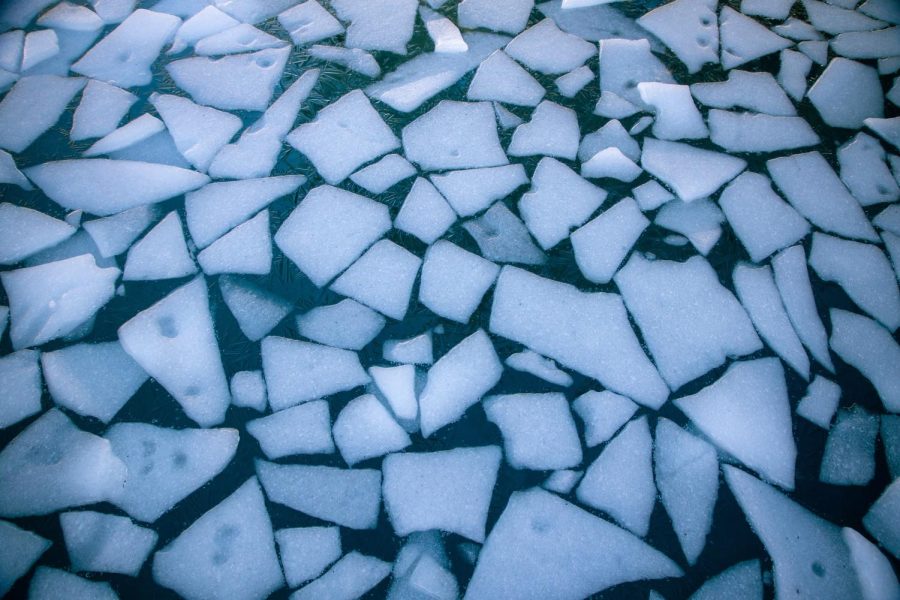Glacial Melting
Glacial melting has been a big concern for years. Although it’s hard to prevent this change, and it’s normal for the Earth to change, the speed of its deterioration is extremely troublesome. For example, twenty years ago a piece of the Antarctic continent believed to weigh 500bn tons broke off and fell into thousands of icebergs. This melting and breaking is nothing new to us, but it should not go unnoticed.
The Larsen B ice shelf was 1,255 square miles. Scientists were aware of its melting and were keeping close watch of it. To their surprise, the ice shelf’s melting was happening faster than they thought. It was a known fact that Larsen B was melting quickly, but to be completely melted and gone in only a month came as a shock to everyone. This was in 2002. With our continued pollution, population growth, and other effects we bring onto the environment, we can only expect something like this to be a new normal.
But now, there’s a new concern. A concern that is much larger than the Larsen B. Thwaites glacier is roughly the size of Britain or Florida. It’s the world’s biggest glacier, and one of the most unstable. The largest Earth science funding campaigns in the US and UK have collaborated to research the Thwaites Glacier. In the past 30 years, the amount of ice flowing out of this region has nearly doubled. Beginning in 2018, scientists explored in teams around the ocean. They collected data by measuring the currents flowing towards the ice, examining the stretching, bending, and grinding of the glacier. This project is ongoing.
According to an article written in 2016 by Robert DeConto and David Pollard, based on the shape of the Thwaites Ice Shelf, it could end up collapsing because of its own weight. The shelf sits at a “retrograde slope,” meaning the glacier slopes downward as it goes inland. The ice on top gets thicker and thicker, and according to physics, if the shelf continues to retreat inland and the ice gets too thick, it will start collapsing. If Thwaites does end up collapsing, a lot of the West Antarctic ice sheet could follow behind. Once the ice shelf is gone, ice will flow into the sea at a faster pace. Thwaites is already losing ice twice as fast as it was in the 1990s.
According to the research so far recorded, Thwaites collapse could bring on drastic sea level rises. It already contributes 4% of the annual global sea-level rise. If it does collapse, that number could increase to 25%. All of the water on the shelf would raise the sea levels by 2 feet, which is a lot by sea-level standards. Since scientists expect the collapse to trigger surrounding breakage, that 2 feet could become 10.
This melting speed has come as a large surprise to scientists. They’ve discovered that the ice shelf has already lost 14 billion tons of ice. Glacial melting is something to be worried about because it’s already affecting us. If sea levels continue to rapidly increase it can lead to destructive erosion and wetland flooding, causing the loss of habits for many species, such as birds, fish, and plants.
Some simple ways we can all help stop sea levels from rising are cutting down on our carbon footprint or getting involved in volunteering in a local conversation organization, such as The Havard Conservation Trust.











